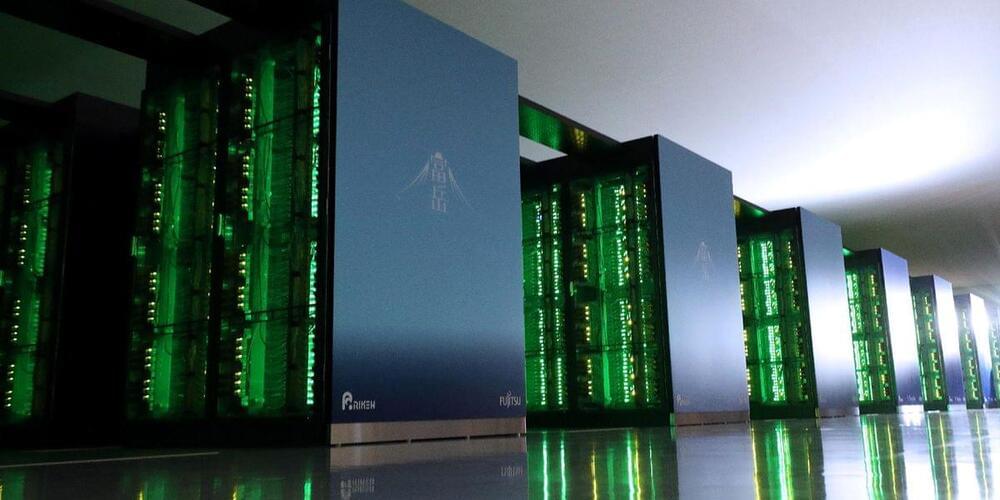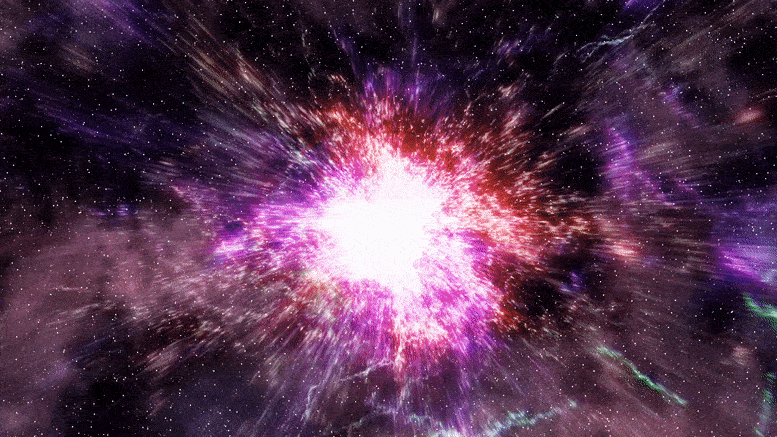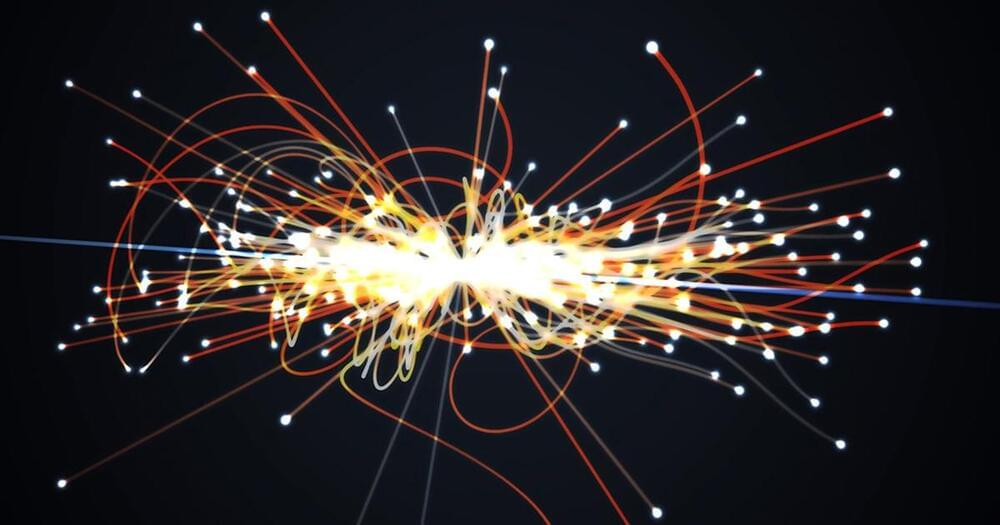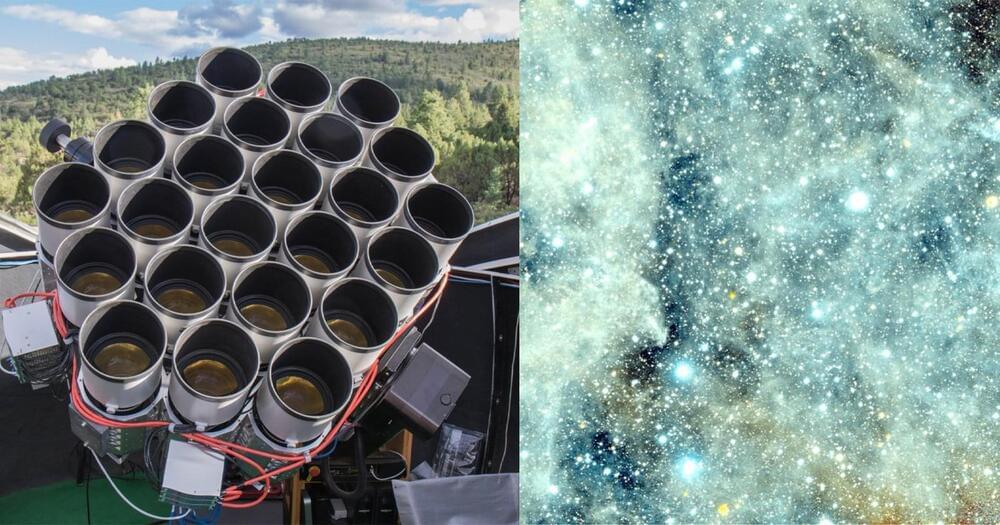Nov 23, 2021
Supercomputers Flex Their AI Muscles
Posted by Dan Breeden in categories: asteroid/comet impacts, climatology, cosmology, existential risks, robotics/AI, supercomputing
New ways to measure the top supercomputers’ smarts in the AI field include searching for dark energy, predicting hurricanes, and finding new materials for energy storage.
[ol class= popular-box__articles-list popular-box__articles-list—active][li class= popular-box__article-list]
[img src=/media/img/missing-image.svg alt= Tune in to hear how NASA has engineered and asteroid impact with the DART spacecraft. class= popular-box__article-list__image lazy-image-van-mos optional-image sizes=99vw data-normal=/media/img/missing-image.svg data-original-mos= https://cdn.mos.cms.futurecdn.net/i7efrzkNj5VvD87EDy3yne.jpg data-pin-media= https://cdn.mos.cms.futurecdn.net/i7efrzkNj5VvD87EDy3yne.jpg data-pin-nopin= true].


















